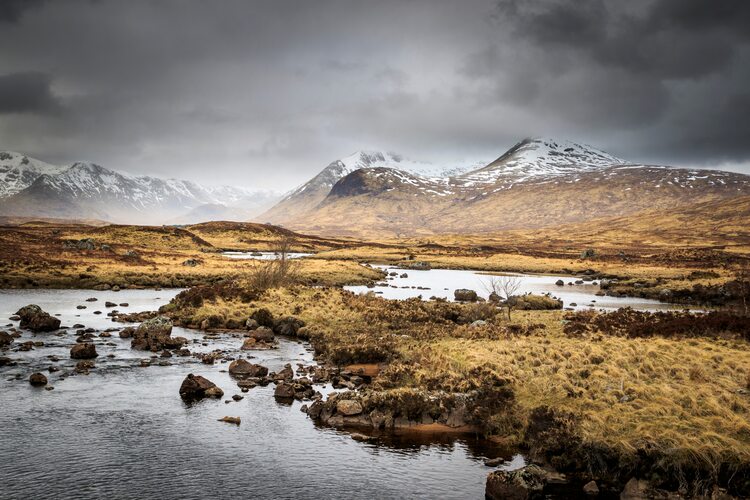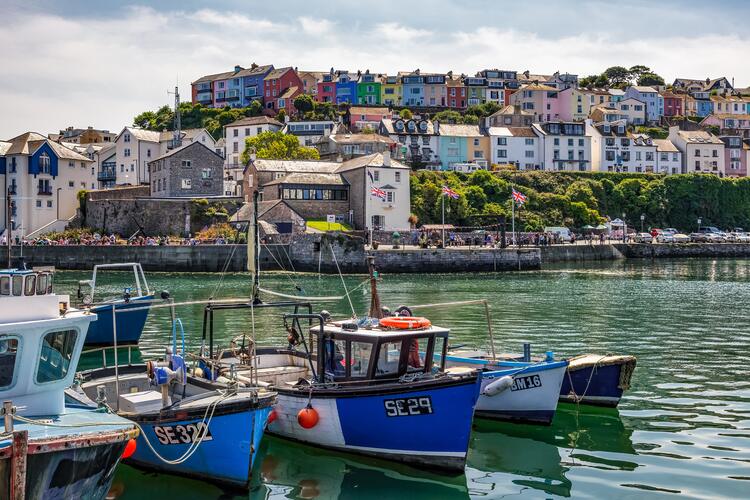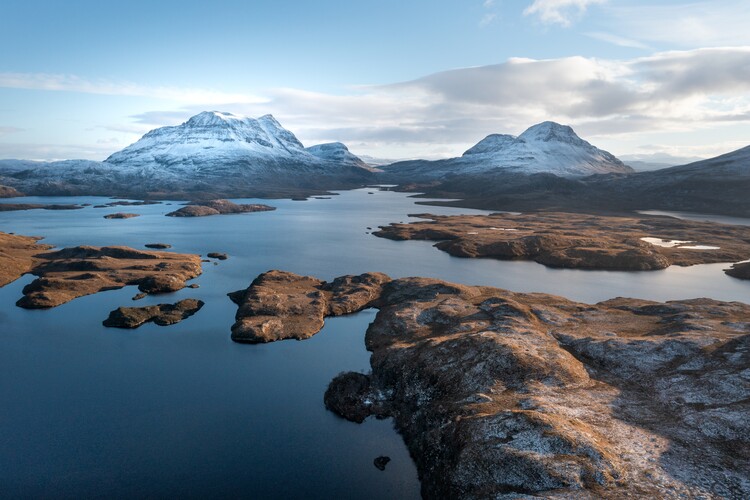
Go on a summer holiday through geological and human history in one of the UK’s outstanding Unesco Geoparks
By
The UK might not have the world’s biggest mountains, deepest canyons or widest waterfalls, but we do still have some spectacular landforms. Some of these are so unique that they’ve been declared Unesco Global Geoparks. According to the Unesco website, Geoparks are single, unified geographical areas where sites and landscapes of international geological significance are managed with a holistic concept of protection, education and sustainable development. At present, there are 213 UNESCO Global Geoparks in 48 countries. Despite its small size, the UK can lay claim to eight of these Geoparks. Get to know them here and plan a summer Geopark holiday around our geologically blessed islands!
Black Country, West Midlands

Almost in the centre of England and largely urban in character, the Black Country might seem like an unlikely member of the world’s most geologically significant areas, but that’s what makes it so special. Thanks to its 18th-century coal works, iron works, glass works, steelworks, brickworks and coke works, this region, between Wolverhampton and Birmingham, was the world’s first large-scale industrial landscape, earning it the nickname the ‘workshop of the world’ during the Industrial Revolution. The Black Country Geopark contains 40 sites that together tell the geological and industrial story of this region. Find out more here.
English Riveria, Devon

Encompassing the headlands, coves, sandy beaches and diverse marine habitats of Torbay (which comprises the towns of Torquay, Paignton and Brixham) in South Devon, the English Rivera Unesco Global Geopark earned its place on the Geopark list thanks to the radical geological changes the area has seen over the eons that have seen Torbay go from a tropical seascape of the Marine Devonian period to a landscape of arid, Permian desert through to the rather less tropical environment of today. Key sites to understanding the Geopark are the Kents Cavern cave complex and the superb marine reserve covering the bay’s coastal waters. Find out more here.
Fforest Fawr, Wales

Set within Bannau Brycheiniog National Park (formerly Brecon Beacons National Park) in south Wales, the Fforest Fawr UNESCO Global Geopark (‘great forest’ in English) is a swathe of upland country that encapsulates the transition from rural mid-Wales to the industrial valleys of south Wales. Spanning a period of 480 million years, the Geopark contains rock formations from the Ordovician to the Carboniferous periods, as well as impressive glacier-formed landscapes.
The Geopark is also known for its industrial heritage from the past 200 years, a legacy of when the area was exploited for metal production and is now an integral part of the dramatic landscape. As a part of one of Britain’s best-loved national parks and mountain areas there are some superb walking opportunities in the area. Learn more about the Geopark here.
GeoMôn, Wales

Sticking with Wales, the GeoMôn UNESCO Global Geopark gets its name from the largest of the Welsh islands, Ynys Môn, or Anglesey, off the northwest coast of Wales. The island is so old its history spans four eras, 12 geological time periods, 1.8 billion years, more than 100 rock types and many types of surface sediments. It’s also home to the oldest fossils in England and Wales.
The sites contained within the Geopark tell the story of ancient oceans and volcanoes, the birth of life in shallow tropical seas and the formation of huge ice sheets as the Ice Ages gripped Wales. Learn how to head back in time here.
Cuilcagh Lakelands, Northern Ireland/Republic of Ireland

Cuilcagh Lakelands Geopark, in the far northwest of the island of Ireland, was, for good reason, the UK’s first Geopark, and also the world’s first transnational Geopark. The geology of the area encompasses a huge swathe of time, from the oldest Precambrian rocks to the continuing formation of cave and karst features. Glacial landforms also make up a significant part of the geodiversity of the Geopark. Large glacial ribbed moraines are internationally important in terms of their size and importance in glacial research. Discover more here.
North Pennines, England

One of the most alluring landscapes in Britain, the North Pennines, which has been nearly 500 million years in the making, consists of vast upland heather moors and peatlands, as well as lush dales and hay meadows, rivers and woodlands. But, it’s also an area with a strong mining and industrial past, where lead ore was mined. The vestiges of this mining background are still visible across the landscape today, as is a far more ancient human history that stretches back here some 100,000 years. A series of visitor centres, attractions and hiking trails work together to tell the tale of this fantastic landscape. Learn more here.
Northwest Highlands, Scotland

This is the British Isles at its most wild and dramatic. The northwest highlands of Scotland consist of an interlocking web of mountains, lochs, rivers, and storm-wracked coastal areas. But alongside the beauty is geological and biological history. This is where the Lewisian Gneiss rocks can be found. At a sprightly 3 billion years of age, they are the oldest rocks in Europe. Not only are the rocks here old, but so are the creatures. This area is home to the earliest evidence of life in Europe: simple-celled algal life (stromatolites) occurring in the Torridonian Sandstone and that are around 1.2 billion years old. Find out more about this stunning landscape here.
Shetland Islands, Scotland

And then we come to the very end of Britain. The Shetland Islands. This remote and dramatic archipelago contains rocks from every geological period from the Precambrian to the Carboniferous. Taken together, the rocks of the Shetlands tell the story of how the world first formed and how it has changed again and again over geological time. For most visitors though, the Shetland Islands are less about geological interest and more about the wildlife. The archipelago is one of the UK’s key bird-watching locations. The seabird populations, in particular, are unrivalled in the UK. For others, it’s the strong Norse heritage and sense of being somewhere just a little bit apart from the rest of the UK that appeals. Discover more here.
Related articles:




